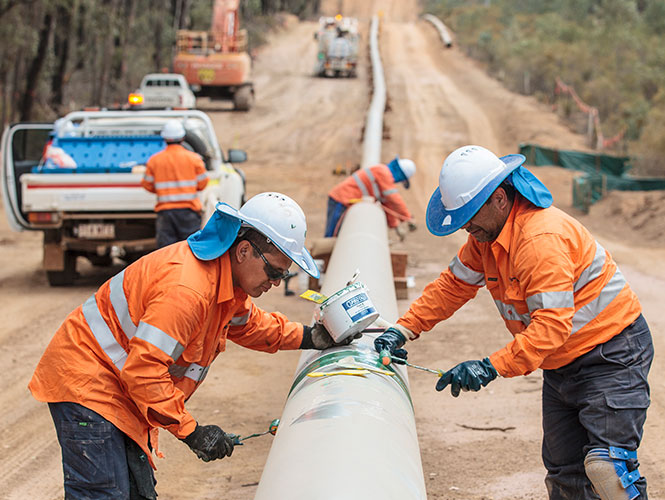Refurbishing old Pipelines
Refurbishing old Pipelines
Oil pipelines are essential to the world’s energy infrastructure. They are responsible for transporting oil and petroleum from areas of production, such as wells and refineries, to places of consumption. However, these pipelines are vulnerable to corrosion, damage, and wear due to their exposure to extreme weather conditions and the nature of the materials they are made from. As a result, it is important to ensure that old oil pipelines are regularly inspected and maintained in order to keep them working properly.
One method of maintaining older oil pipelines is through refreshing. This process involves circulation of clean oil through a pipeline in order to replenish its protective coating and remove any dirt, debris or contaminants that have accumulated over time. Refreshing can be done either externally or internally depending on the requirements of a particular project.
Externally refreshing an old pipeline is more cost-effective than internal refreshing since only one access point is required. For this type of refreshment, a solvent is pumped into the pipeline at high pressure in order to break down any built-up material before it passes through an external filter system which removes any particles from the solvent before it re-enters the pipeline at low pressure. This cleaning process helps prevent corrosion and other damage from occurring over time.
Internally refreshing an old pipeline requires two access points: one near the beginning of the line for injecting fresh oil and another at its end for collecting used oil after it has gone through the line; this allows for better optimization when cleaning out debris that might otherwise become trapped inside the pipe walls — something which cannot be achieved with external refreshing alone. In addition, internal refreshing also allows for better measurement of flow rates throughout the entire pipe length because all cleaning processes can be monitored along its length rather than just near its entry/exit points as would be required with external refreshment only. Overall, internal refreshing provides better results than external refreshment but comes at a higher cost due to its more complex setup requirements and extended maintenance periods needed for continual monitoring and cleaning along the entire line length as opposed to just near its access points as with external refreshment only.
Regardless of whether you choose external or internal refreshing for your old oil pipelines, it’s important that you stay up-to-date with regular inspections in order to ensure they remain safe and efficient over time. If any problems arise during regular maintenance checks or if there has been a sudden change in pressure or temperature within your pipeline network then it’s best practice to immediately conduct an inspection in order to identify any potential issues before they become more serious – something which could ultimately save you money in costly repairs further down the line!

